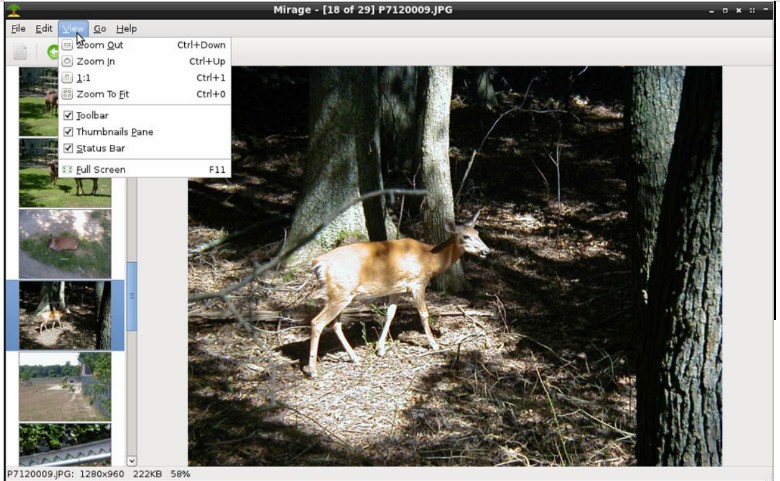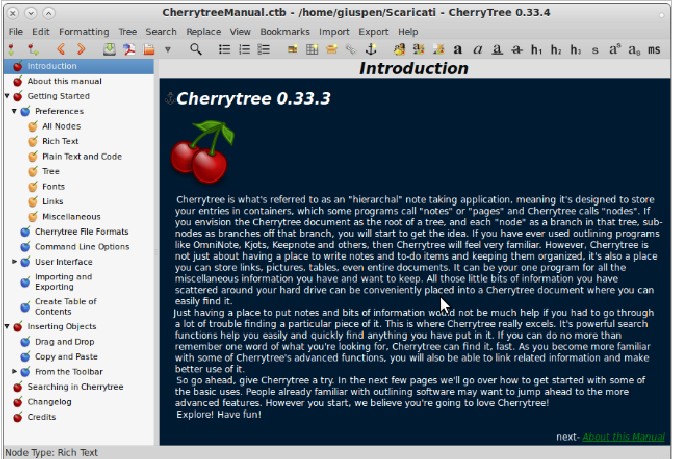NSLIG – November 2017

Back to Meeting Notes 2017
Notes from the November 2017 Meeting
There was no Linux News video at this meeting because Nick Vespo was unable to attend. So the meeting started with the Open Forum session. The first comment was about the latest version of the Firefox browser. It is now styled “Firefox Quantum”. There is good news in that it is now faster to load and render web pages.
Then there was a brief discussion on the changes to the Melb PC web site and the membership system. All members are invited to use the new web site to check it out for themselves. The updated membership system will allow members to change information about themselves (but not about others) and avoid the previous change process, as well as providing improved information. The committee members have been hard at work getting things “shipshape”, and have often been seen putting in long hours in the office.
The various Linux magazines in paper form are becoming less easy to find in local newsagents, and all are rather expensive; almost $20 in most cases. Some members of the group are subscribing to the electronic versions of their favourite magazines; that is more reliable, less expensive and delivers each edition more or less as soon as it is published, avoiding the shipping delays, which can be weeks or months.
Some comments were made about Linux file compare utilities. The best utilities highlight the differences within a line, rather than just highlighting the lines that are different. Some of these utilities have been ported to Windows, and are among the large number of Linux/Unix utility programs that have been ported.
The evening progressed to the main presentation without an intervening social break. David Hatton presented another in his ongoing series of Random Bytes sessions. There were two programs examined in the session.
The first was “Mirage” – an image viewing and manipulation program. It is simple to use, and supports some of the most commonly used functions, such as rotating, zooming, flipping, resizing and cropping. Many of the common image formats, such as: png, jpg, svg, xpm, gif, bmp and tiff are supported.
The screen shows two panes, with the left-hand pane containing thumb-nails of a set of images, and the other pane filled with the selected image.

Mirage main screen showing the two panes
David showed some of the functions, including cropping and rotating an image, then saving the result after the changes.
Mirage is an image viewer. It is not intended to make radical alterations or graphical touch-ups to your images. For that, you can use the Edit/Custom Actions option to quickly open an image in the GIMP image editing application. This is a very handy tie-in. Once you have the GIMP app installed, it is a seamless switch from the Mirage viewer to the full-fledged GIMP editing tools.
All-in-all a very useful lightweight image viewer with simple image change functions included.
The second program demonstrated is called “Cherrytree”.
Cherrytree is a Wiki-like hierarchical note taking application that lets you organize all your notes, bookmarks, source code and other personal information in a database. The application is a personal (desktop) wiki system that saves all your data into an XML file or an SQlite Database, and it supports a large range of source code syntax highlighting (ASP, C, Java, JavaScript, LaTeX, Pascal, Perl, PHP, etc.), paragraph formatting and alignment, and insertion and management of images, tables, lists and codeboxes.

Cherrytree Opening Screen
The software also lets users define hyperlinks (these can be linked to Web pages, to nodes or to files), print and export nodes to PDF format, organize the structure of nodes, search them using regular expressions, replace text strings in notes or in the names of nodes, and import data from Notecase, Tuxcards, Basket and Keepnote notebooks.
The base unit is a node, and the nodes are stored as a hierarchy. When a node is added, the right hand pane of the two pane window allows the user to type in notes, link to files or web pages (hyperlink). A link to a file will start the program associated with that file type, e.g. Open Office.
The user can control the formatting of the note, including the font type and size. A number of file types can be imported, including program source code in the languages mentioned above, and the code will be syntax highlighted. The program will be dropped into a window set aside for it. The menus provide a large number of options for formatting, file import and export, editing and node/tree management.
The program is quick in operation and uses only a modest amount of system resources. A nice-to-have Linux utility.
The evening finished with an extended social/refreshment break to celebrate the last meeting of the year for the group. Our next meeting will be in January 2018.
Best wishes to all for a Merry (but not too merry) Christmas and a Very Happy New Year.


